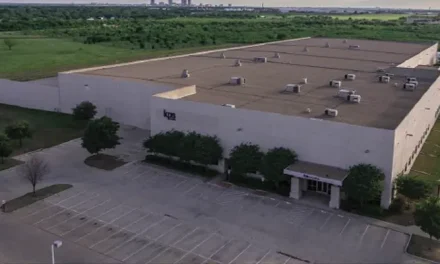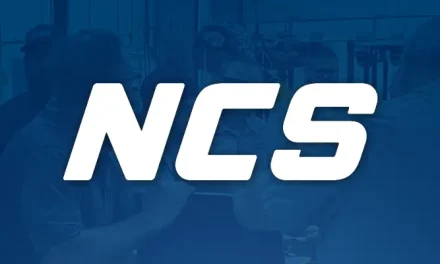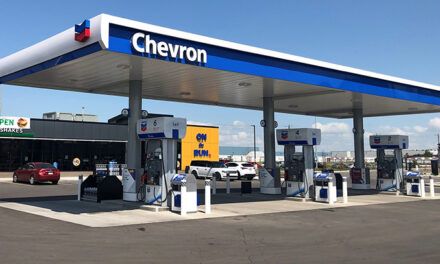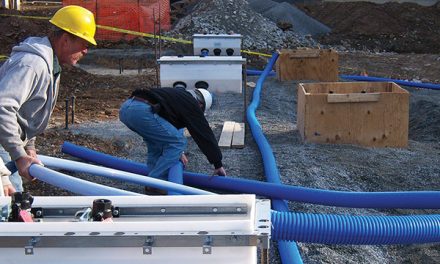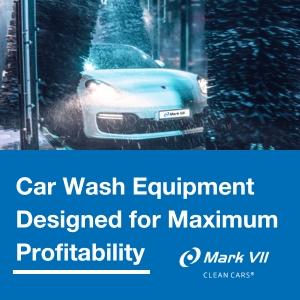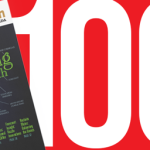
A User’s Guide To Updating Aging USTs and Related System Components
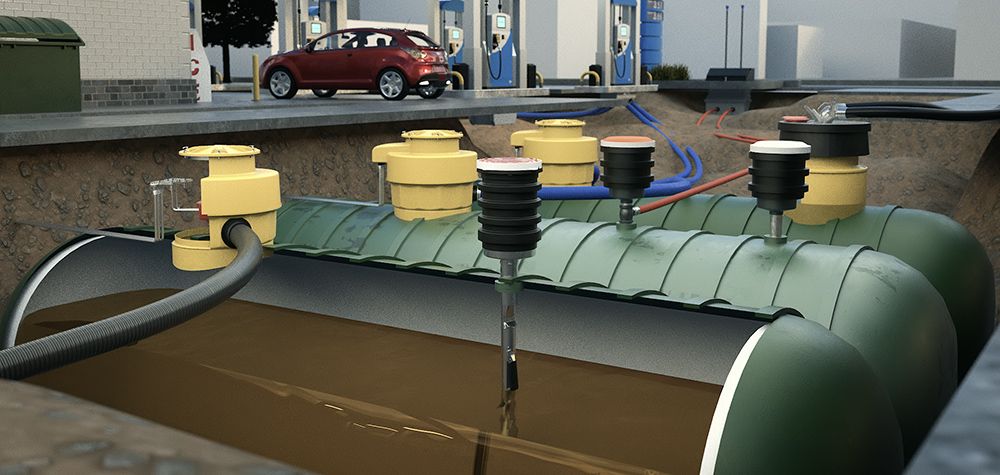
By Ed Kammerer
In 1998, Titanic was the number one movie in the world, two Stanford University students founded Google, the Apple iMac made its debut and the average retail price of a gallon of gasoline was $1.06 (diesel was $1.03).
If you were a retail fuel-site owner or operator in Canada who was selling that comparably affordable gasoline or diesel fuel, 1998 was also the year that the underground storage tanks (USTs) at your location needed to become compliant with 40 CFR, Part 40, the regulation – which was first developed by the U.S. Environmental Protection Agency (EPA) – that governs the storage of hazardous materials in USTs.
Though it may be hard to believe, we are now 24 years removed from that implementation date, meaning that we are rapidly approaching the 30-year expiration deadline for most UST manufacturers’ product warranties. Once these 30-year-old USTs are out of warranty, they may become more difficult to insure, and the owners of those that are able to still be insured may be faced with much higher insurance premiums.
In the Oct. 28, 2021, issue of the Petroleum Equipment Institute’s Tulsa Letter, Rick Long, the newsletter’s editor, addresses this looming situation. He notes that according to the EPA’s UST Finder Tool, more than 150,000 USTs in North America will be out of warranty by 2030. To combat that, the first suggestion from insurance carriers “is for owners of aging USTs to install new tanks.” For those owners not willing or able to install new USTs, one of the insurers’ additional suggestions is to “install new piping, sumps and spill buckets.”
No Better Time Than Now
As the extreme cold temperatures and severe storms of winter descend with full force on much of Canada, now is not the time to break concrete to install new UST systems. But it is the perfect time to assess the age and condition of your UST systems and, if necessary, plan those capital outlays for the upcoming 12 months, which may include UST-system replacement or retrofit.
While the iMac has gone through thousands of upgrades since it first launched, a lot of other things have changed in the retail-fueling industry since 1998, aside from those average gasoline/diesel prices. The most obvious is that the fuel menu has expanded significantly, with many retailers now offering multiple grades of gasoline with differing percentages of ethanol, from E5 to E85. Ultra-low-sulfur diesel (ULSD) was not available prior to 1998, but it is now a staple at many retail-fueling sites.
The great unknown with these new gasoline and diesel formulations is how they are reacting with or affecting the performance of USTs and their components that were installed in the ground before the formulations even existed. As an example, after ULSD was introduced to the motor-fuel pool, it was discovered that it reacted adversely with Buna-N (nitrile) rubber, which is commonly used in fueling-systems, meaning that it had to be replaced with a substance that was compatible with ULSD.
The end goal in all of this is the ensure that the fueling site’s UST system achieves and maintains the highest level of performance in regard to fuel storage, dispensing and containment. There is nothing worse for a fuel-site operator than to find out that a leaking UST, tank sump or piping connection has resulted in the contamination of the local groundwater supply, the repercussions of which can be costly and far-reaching from both a financial and reputational perspective.
Let Us Be Your Guide
To aid fuel-site operators as they assess the state of their UST systems, OPW Retail Fueling in Smithfield, NC, USA, has created a “Guide to Breaking Concrete” – a list of five things to consider before beginning construction, keeping in mind that it’s not only the UST that must be removed and replaced, but also system components like piping, sumps, spill buckets, overfill valves, manholes, etc.:
Make sure that all UST-system tanks and components are certified for use by Underwriters Laboratories/Underwriters Laboratories Canada (UL/ULc).
To ensure that you create a fully integrated UST system that is designed to work seamlessly together, it is best to source all components from a single manufacturer, rather than creating a “Frankenstein’s monster” consisting of different parts from different suppliers.
Make sure that all new USTs and their components are fully compatible with current and future fuel formulations, blends and additives, including alcohol blends from E5 to E85, and ULSD.
Try to install UST-system equipment that is testable, repairable and maintainable from ground level with no need to break concrete to access the components; this will optimize fuel-site uptime while controlling costs.
Where possible, identify and deploy so-called “plug and play” fueling systems that employ prefabricated, factory assembled and tested components that result in dramatically lower field labor and associated costs, while reducing the risk that installation errors will occur.
OPW Retail Fueling offers the solution to all five of these points with its complete lines of Piping & Containment Systems and Underground Storage Tank Equipment, all of which are UL/ULc-certified. While OPW does not manufacture or sell USTs, it does offer industry-standard families of dispenser, tank and transition sumps, piping systems, entry fittings, multiports, manholes, overfill-prevention valves, spill buckets/containers, emergency shear valves and pressure vacuum vents, along with the FlexWorks Loop System, the industry’s first plug-and-play UST system that allows hassle-free installation, inspection, maintenance, repair and replacement of all critical UST-system components.
Conclusion
Since its debut, Titanic has amassed $1.8 billion in box-office revenue worldwide. While no fuel-site operator will ever come close to accumulating revenue at that level, there are ways to ensure that the bottom line will be healthy. One of those ways is avoiding exorbitant repair, replacement or remediation expenses that can be caused by aging UST systems that are approaching end-of-warranty status. OPW stands ready to assist by offering a complete array of UST-system components that are designed to operate seamlessly with each other, allowing for the creation of a fully integrated system that optimizes cost, uptime, safety and regulatory compliance.
Ed Kammerer is the director of global product management for OPW, based in Cincinnati, OH, USA. He can be reached at ed.kammerer@opwglobal.com. For more information on OPW, go to www.OPWGlobal.com

